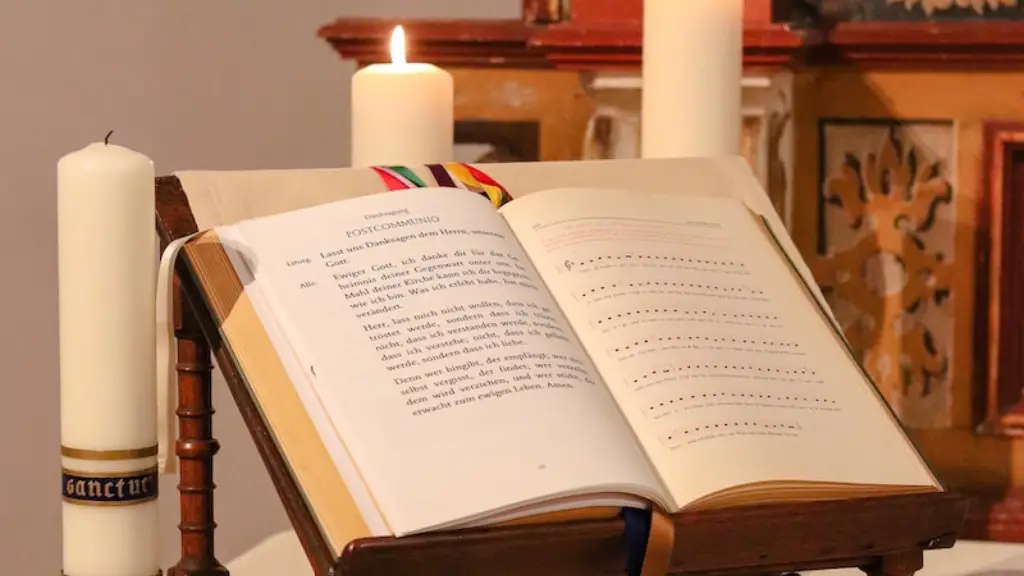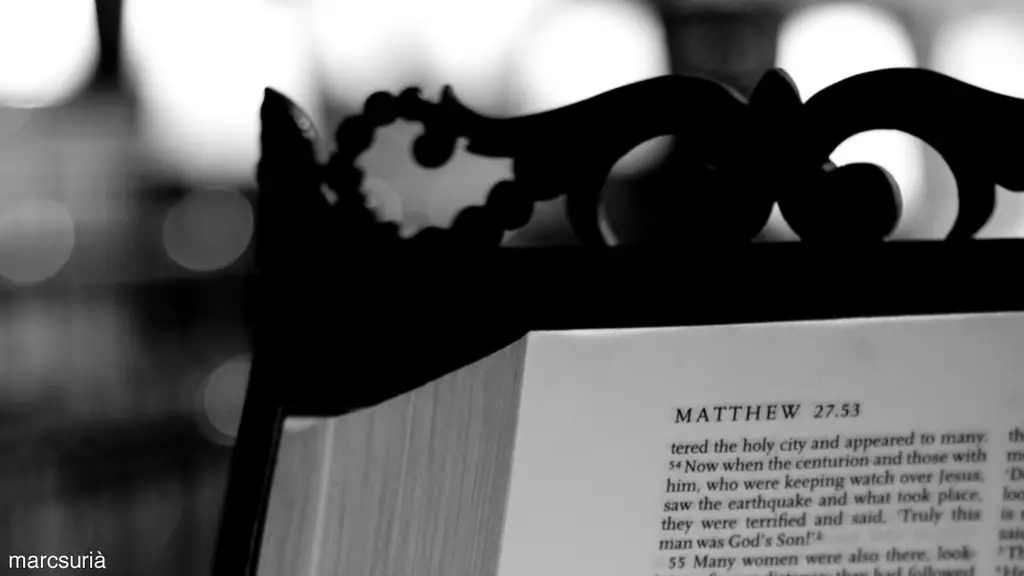The fig tree has had a long history in the Bible, being mentioned over thirty times in various books, from the Old Testament to the New Testament. In the Bible, the fig tree is often used to represent Israel, symbolising protection, judgement and other spiritual values. In this article, we’ll look at the significance of the fig tree in the Bible, and what it teaches us about morality, faith and hope.
Protection From Adversity
One of the most notable mentions of the fig tree in the Bible is its use as a refuge – Judas Maccabaeus hid in it to save himself from his enemies. It is also significant in Mark 11, where Jesus uses the symbol of the fig tree to teach his disciples a lesson about faith. In this passage, Jesus curses the fig tree for being barren, and his disciples quickly withers. This story is significant in helping to teach us that life’s sometimes-unseen problems are often at the root of our suffering. The fig tree represents the idea that while we wait for the Lord to save us, we can find refuge and protection within the tree’s branches.
Expectations
The fig tree is also sometimes used in the Bible to represent the expectations of man. In the parable of the fig tree, reported in Luke 13: 6-9, Jesus uses the tree to illustrate the power of faith and prayer. In this parable, Jesus tells the story of a tree that cannot bear fruit, and a gardener who pleads with the owner for time to save the tree. The gardener’s faith is rewarded with a future crop of figs. From this parable, we learn that despite our disappointments, faith in God can bring unexpected rewards.
Judgement
The fig tree is also a symbol of judgement in the Bible. The fig tree can represent God’s judgement of man, with its fruitless branches representing man’s failings and judgement of his own soul. This is why the symbol of the fig tree is so closely associated with Lent in the Christian church. Lent is a time of repentance and a reminder to look within ourselves and be judged accordingly.
Morality
The symbol of the fig tree is often linked to morality in the Bible. The parable of the fig tree contains a lesson about morality, and it is also found in the book of Judges, where the Israelites are instructed to do justice and love mercy. The fig tree is a symbol of justice and fairness, reminding us to practice justice and mercy in our everyday lives.
Hope
The fig tree is also associated with hope in the Bible. The prophecies of the coming Messiah often refer to the fig tree, symbolising the hope of a redeemer. In Mark’s gospel, Jesus also teaches his disciples to have hope in God, telling them that if they have faith, they will never be disappointed. In this way, the fig tree reminds us to keep hope alive, despite our current hardships.
Faith
The fig tree is a symbol of faith in the Bible. When the fig tree blooms again after the death of the barren tree in Mark’s gospel, it symbolises the power of faith. This symbol of rebirth is a reminder to keep faith alive, even when faced with adversity and unexpected suffering.
What Does The Fig Tree Represent In The Bible?
In conclusion, the fig tree is a powerful symbol in the Bible, representing protection, expectations, judgement, morality, hope and faith. Its powerful images and stories have shaped the faith of countless believers over the centuries, and its lessons can still be found in many of today’s religious writings. Next time you come across a fig tree, take a moment to reflect on its significance, and to be reminded of the timeless messages of wisdom found in the Bible.
Context Within Jewish History
The fig tree has been an integral part of Jewish history for centuries, ever since Moses used it to provide shade for his people in the desert. This story of Moses is a reminder that God is always with us, even in difficult times. The fig tree also symbolises prosperity, with many ancient texts referencing its abundance of juicy figs. The symbolism of the fig tree as a source of protection and nourishment can be found throughout Jewish writings, from the Torah to other historical documents.
The Fig Tree In Modern Times
The fig tree’s significance is still seen today, with its powerful symbolism found throughout modern culture. In music, literature and art, the fig tree is often used to symbolise protection, renewal and resiliency. The fig tree is also used in many traditional festivals and celebrations, symbolising fertility and abundance. Its symbolism can also be found in many of today’s religious texts, reminding us of its enduring spiritual presence.
Conclusion On The Fig Tree
The fig tree is a powerful symbol in the Bible, representing protection, expectation, judgement, morality, hope and faith. Its use in various stories, parables and religious texts remind us of its timeless significance and the lessons of wisdom it embodies. The fig tree is a reminder of the Lord’s protective presence and of our need to seek Him out in difficult times. Its symbolism can be found throughout Jewish and Christian teachings, art, music and other forms of culture, reminding us of its enduring message of hope and renewal.


